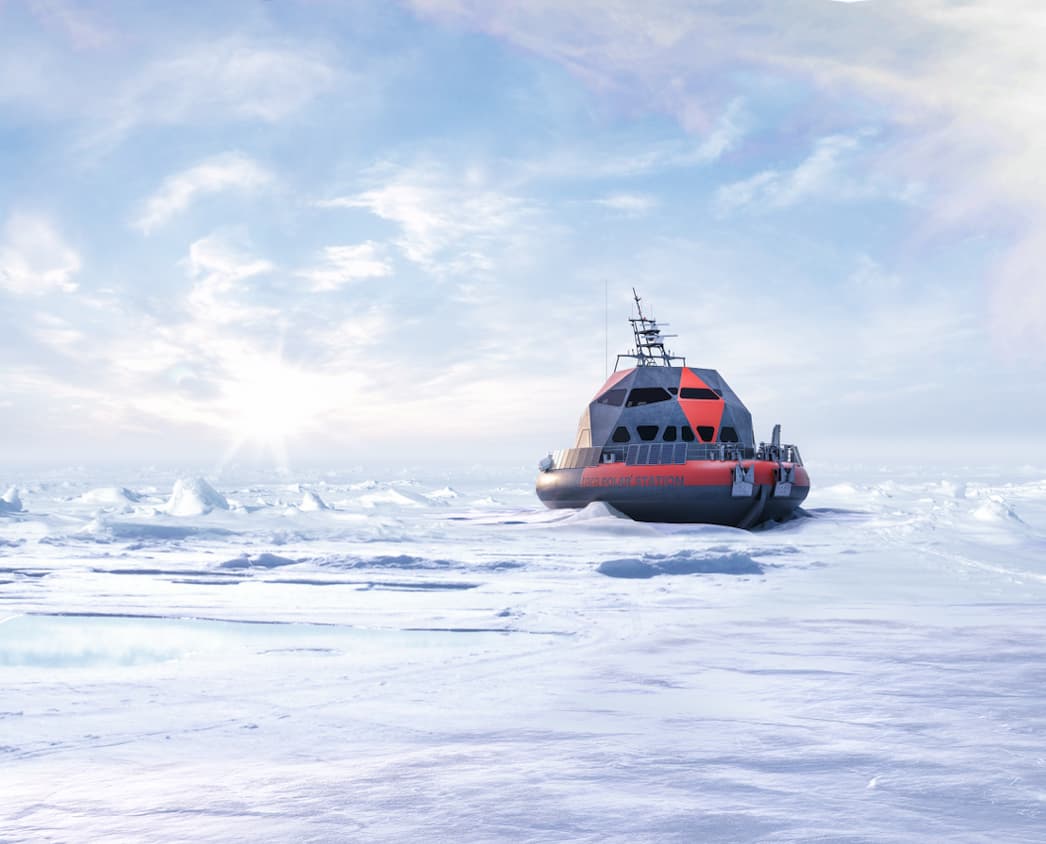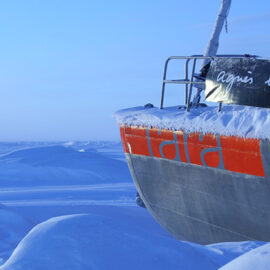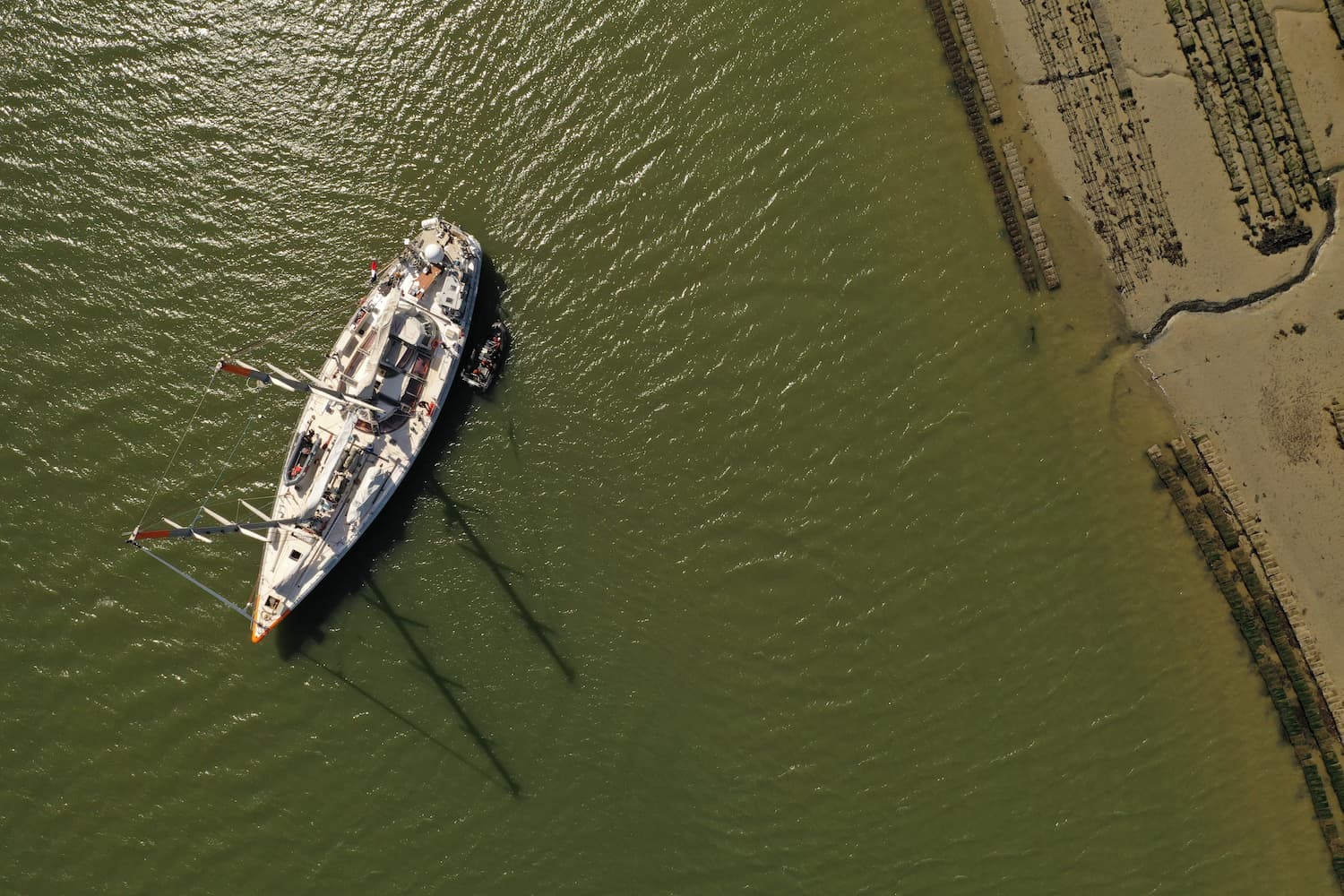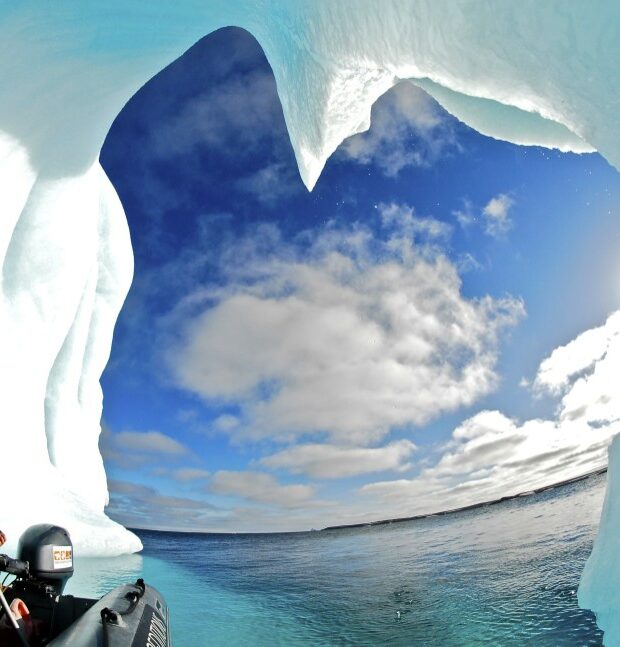
Why study the Arctic and protect its extreme biodiversity?
The Arctic is a sentinel region for climate change. Its rich and little-known biodiversity is at the heart of today’s environmental, political and economic challenges…
What is the Arctic?
The Arctic is a region of 16.5 million km² on the edge of the North Pole, with the Arctic Ocean at its center, an area five times the size of the Mediterranean Sea. The conditions of ice and long, intense nights – 5 to 6 months of polar nights a year at these latitudes – are at the origin of a singular biodiversity.

Melting Arctic sea ice: a sentinel region for global warming
The Arctic is one of the most sensitive regions to climate change, with temperatures rising three to four times faster than elsewhere on the planet. The resulting accelerated melting of sea ice has repercussions on the global climate balance, as the distribution of high and low pressure is altered. The rapid retreat of this Arctic sea ice is one of the most direct and tangible indicators of global warming, along with rising sea levels.
It is estimated that every ton of CO2 emitted melts 3 square meters of pack ice. The reduction in the reflective white surface of the pack ice (the albedo effect) in favor of the dark blue ocean increases the latter’s absorption of heat, thus contributing to global warming in return….

Biodiversity as rich as it is little-known in the icy Arctic Ocean
Marine biodiversity in the Arctic is vulnerable and unique, as the researchers aboard Tara from 2009 to 2013 demonstrated during the Tara Oceans expedition.
The composition of marine bacteria and microalgae bears no resemblance to what they were able to observe and document in the planet’s other ocean basins, including the cold Southern Ocean.
The Arctic Ocean seems to have evolved separately from the others, even though it is actually connected. Variations in sea ice influence the habitats of species, as most primary production – that which transforms solar energy into organic matter – takes place in and beneath the pack ice.
Preservation of this invisible biodiversity is crucial to maintaining the ecological balance of this corner of the planet, and in particular the more emblematic species at the top of its food chain, such as polar bears, seals, narwhals and other orcas or cetaceans.
Melting glaciers in Greenland, Canada and some Siberian islands can release nutrients and pollutants into the ocean, affecting ecosystems. This phenomenon can also be observed in the massive influx of nutrient- and pollutant-laden freshwater from Russian and Canadian mega-rivers into the Arctic basin.

Local populations affected by rapid changes in the Arctic
Arctic indigenous communities rely heavily on natural resources for their livelihoods. Environmental changes are disrupting their traditional ways of life, affecting food security, fishing, hunting and their entire culture. Indeed, for nine to ten months of the year, the Arctic communities still present in Alaska, Canada and Greenland travel over the frozen sea by sled, and increasingly by snowmobile, for miles on end to meet up and exchange ideas, but also to hunt and fish for their livelihood. Others travel on the permafrost all year round, even in summer. These communication routes are now impassable for several months of the year, due to surface melting and the mud that hinders all movement..

Tara Polar Station, our future is at stake in the Arctic
The Arctic is at the forefront of the effects of the climate crisis. Temperatures at the surface of the pack ice are rising, and the effects on ecosystems are already very noticeable: shrinking pack ice, altered ice quality, absorption of more solar energy, melting permafrost and increased humidity in the air.
After the Tara Arctic expedition from 2006 to 2008, the Tara Ocean Foundation returns to the North Pole
With Tara Polar Station, a scientific research vessel designed to withstand ice and drift for around 14 months, while controlling its impact on its immediate environment. She is scheduled to carry out 10 consecutive expeditions until 2046.
The aim is to document and understand the dynamics of these transformations, question scientific data and take stock of the wealth of local biodiversity. The demands and adversity of this extreme and dynamic environment have never before allowed for a long-term, year-round research program in the heart of the Pole’s pack ice. This will be the mission of the crews aboard this kind of North Pole space station.
Our expeditions
Tara Arctic
Archivée
In the Arctic, the next 20 years are crucial
In 2006, the young Tara team and the CNRS embarked on an extraordinary human and scientific adventure: to cross the Arctic Ocean drifting with the pack ice for 18 months in the wake of the Fram, and to carry out scientific research on climate change with the European Commission.
In the Arctic, the next 20 years are crucial
The Arctic is a fragile zone, yet essential to all living things and to the balance of our planet.
Mais encore …
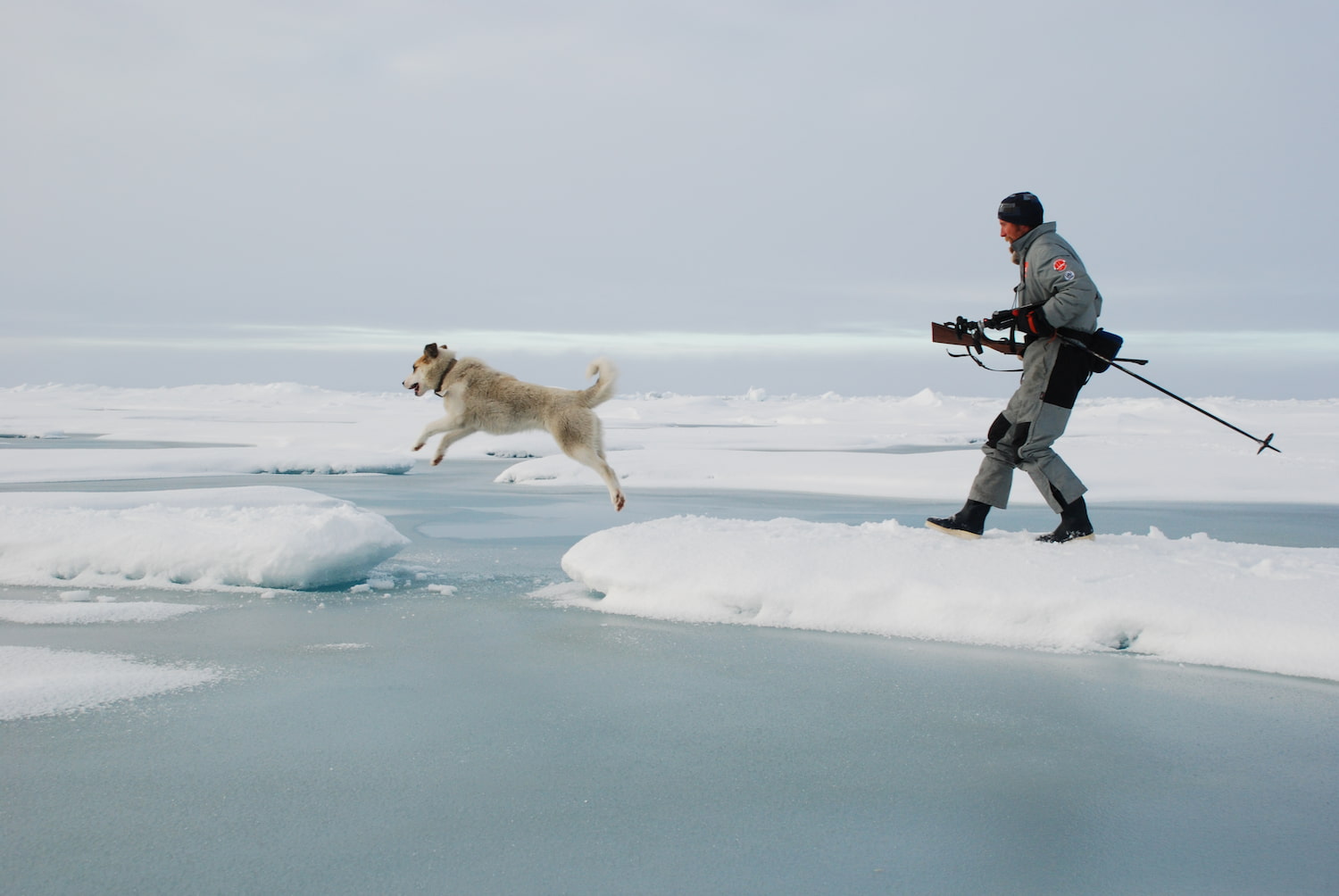
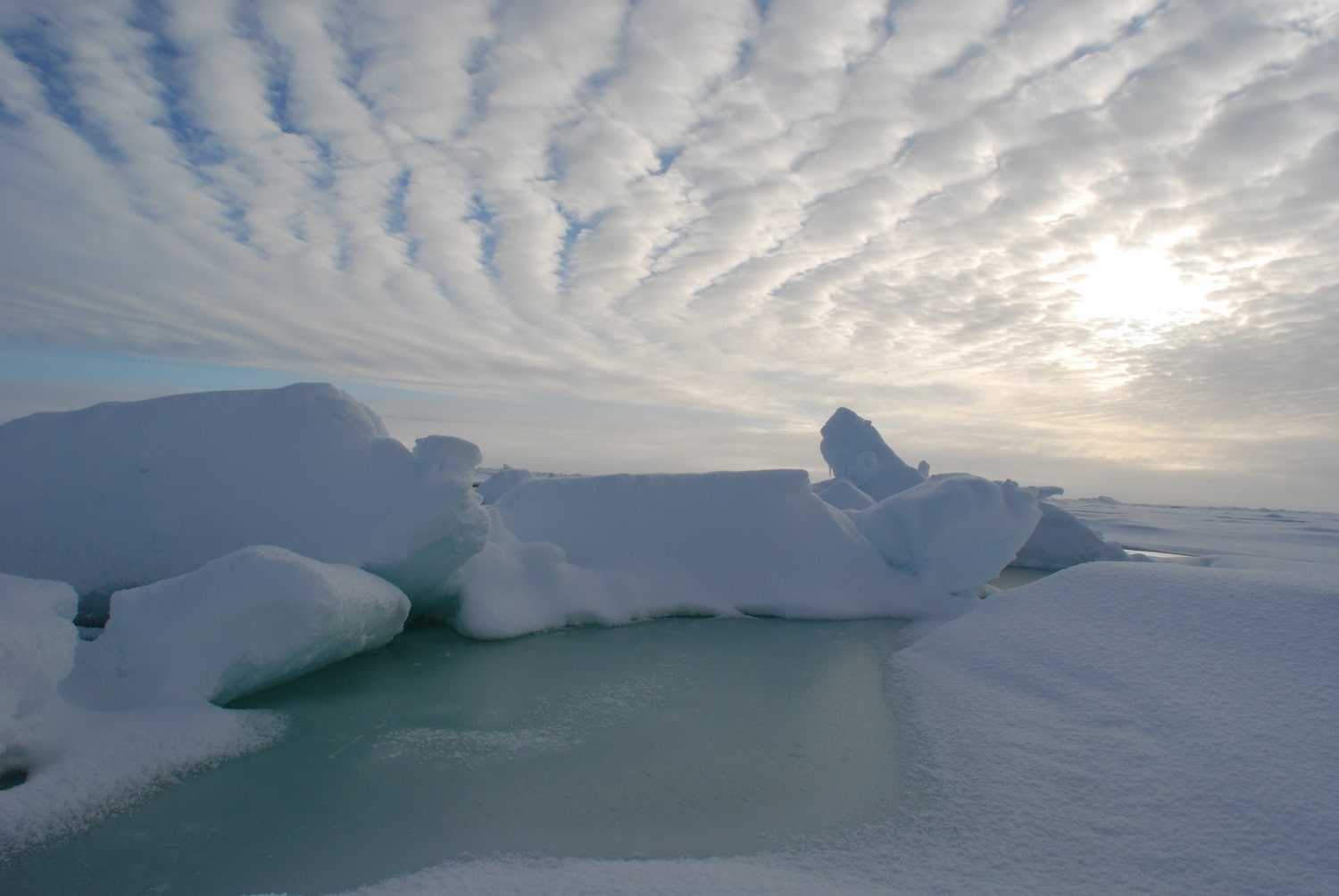
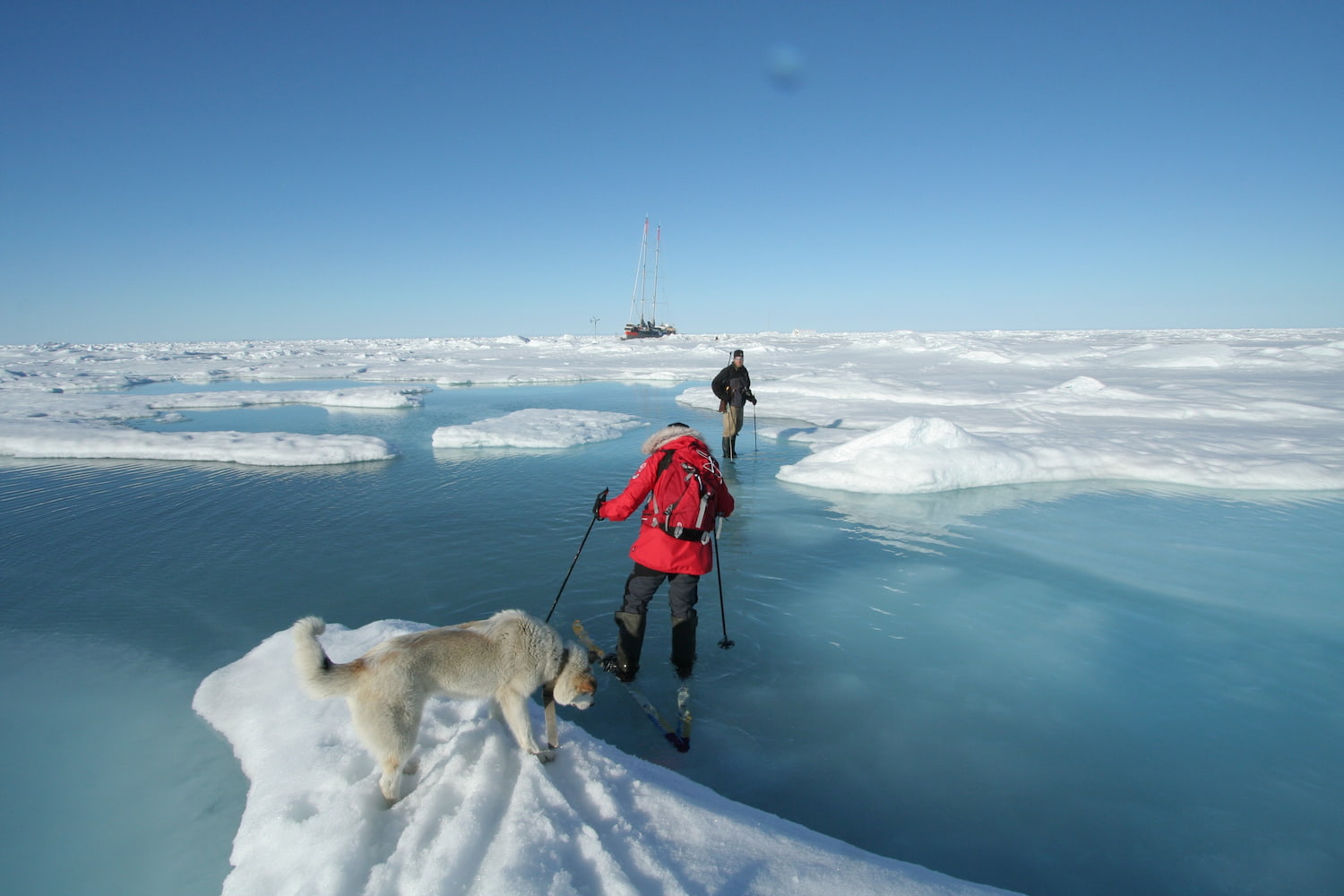
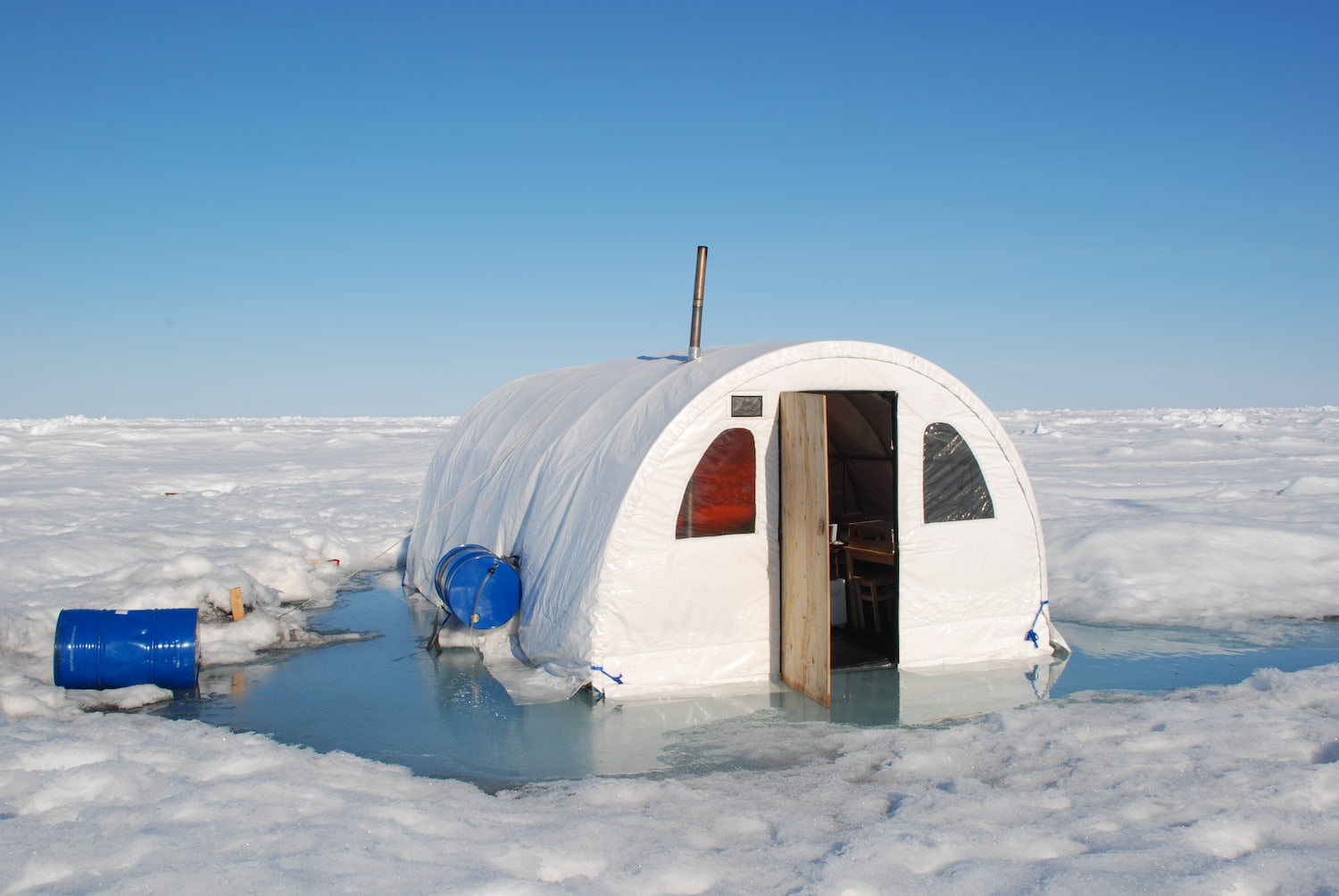
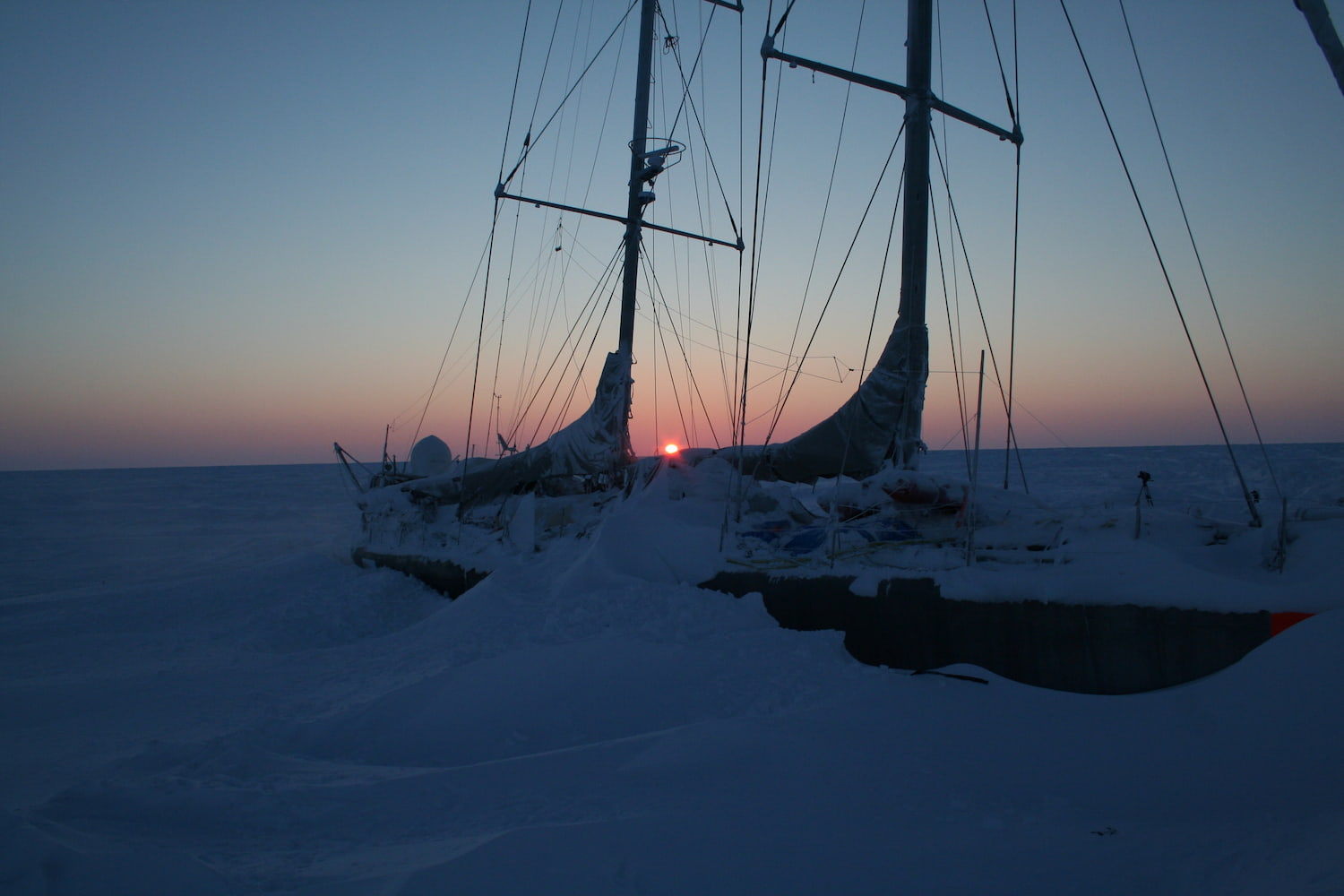
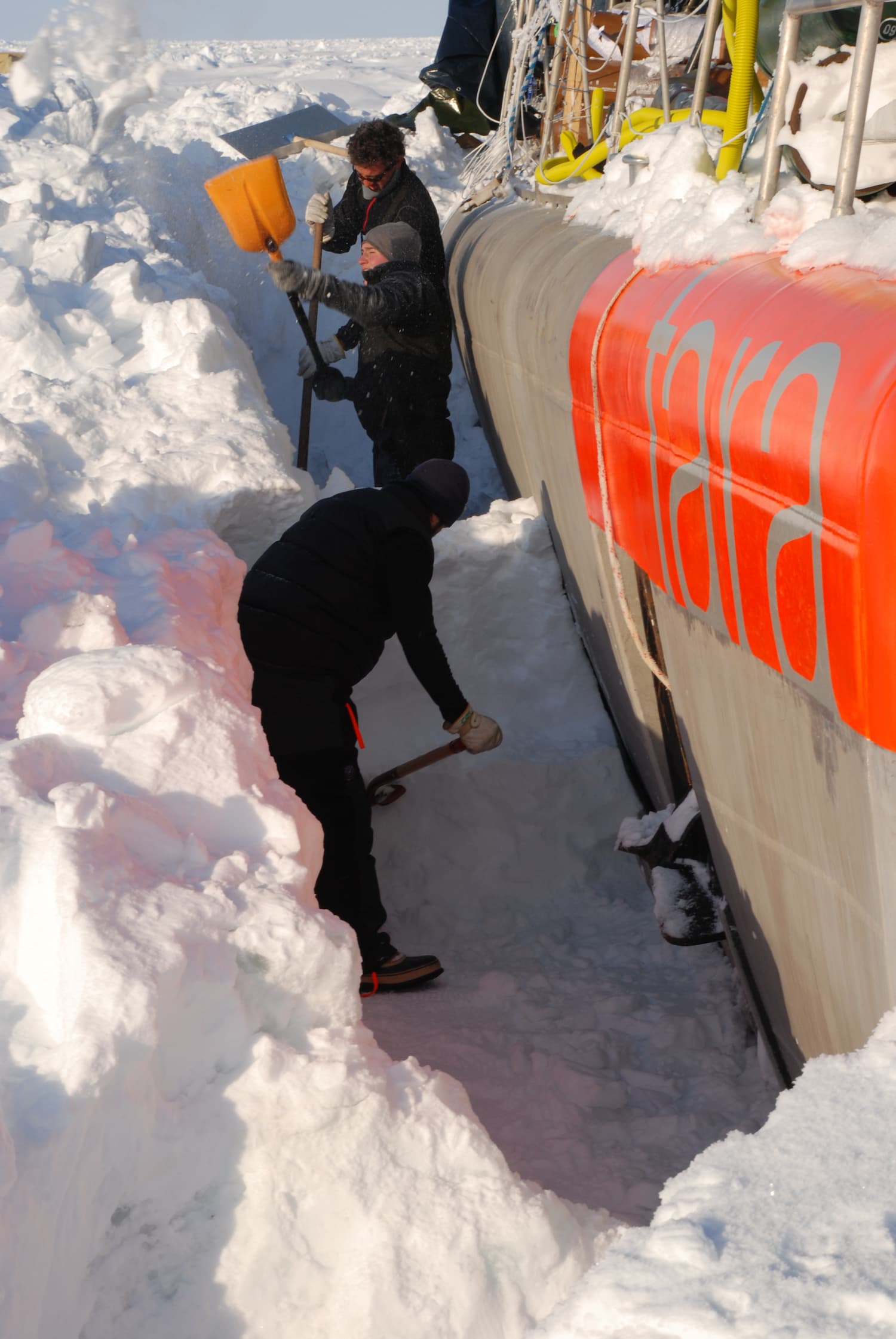
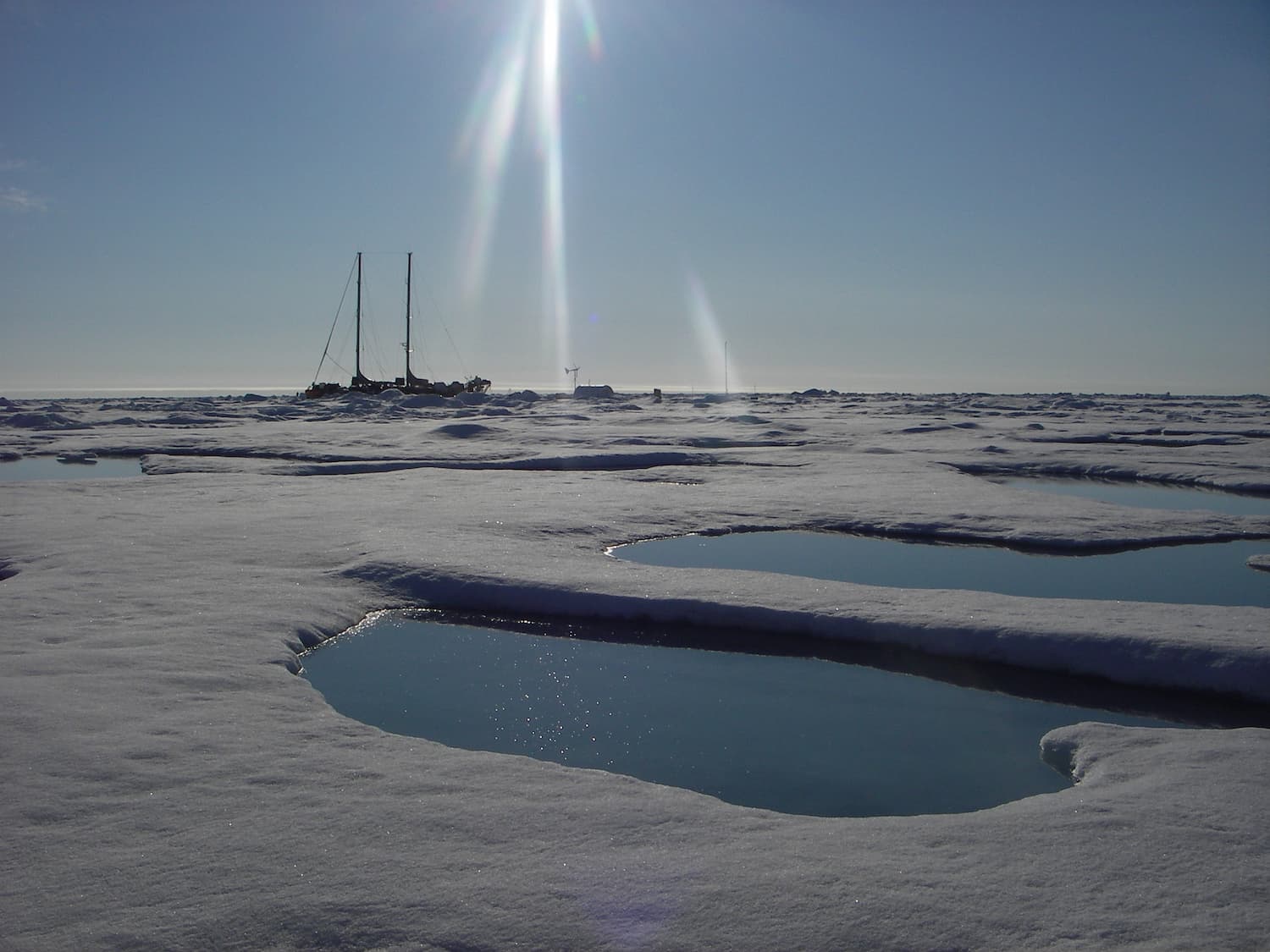
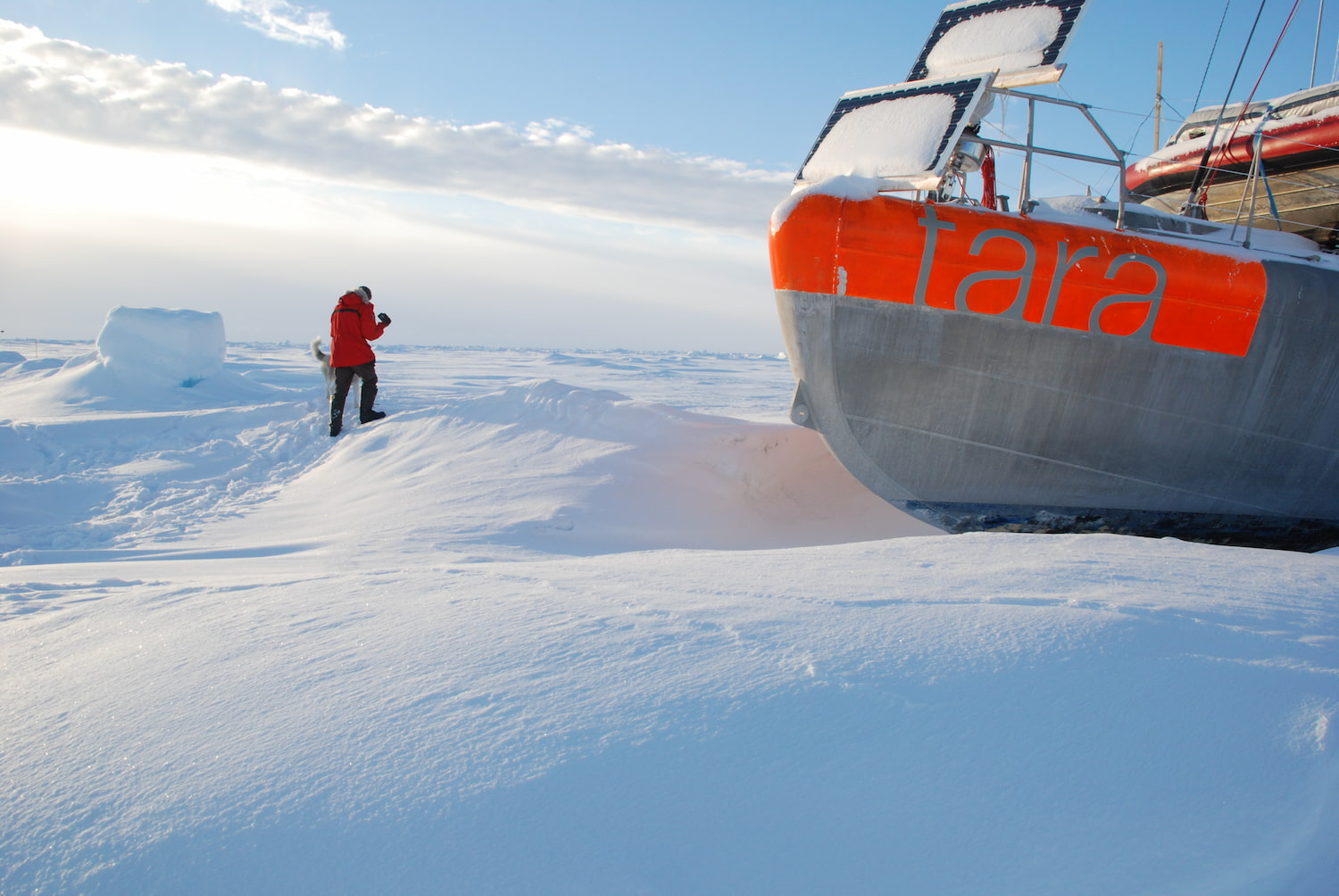
Tara Ocean Foundation news



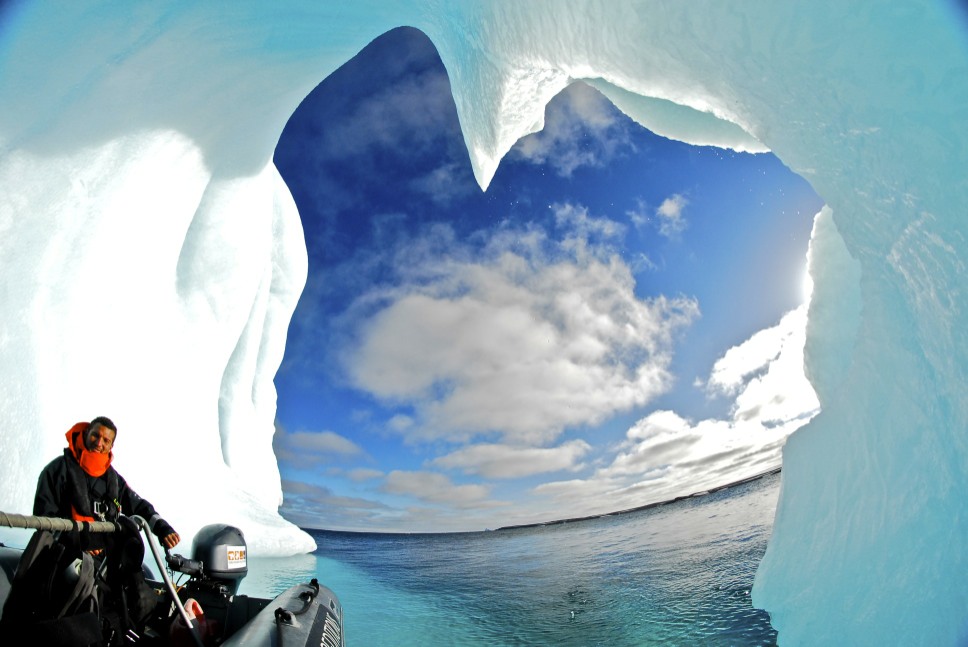
Our scientific publications
Dive into our expeditions

Learning more about biodiversity to help better protect it
Discover our commitments and climate research


